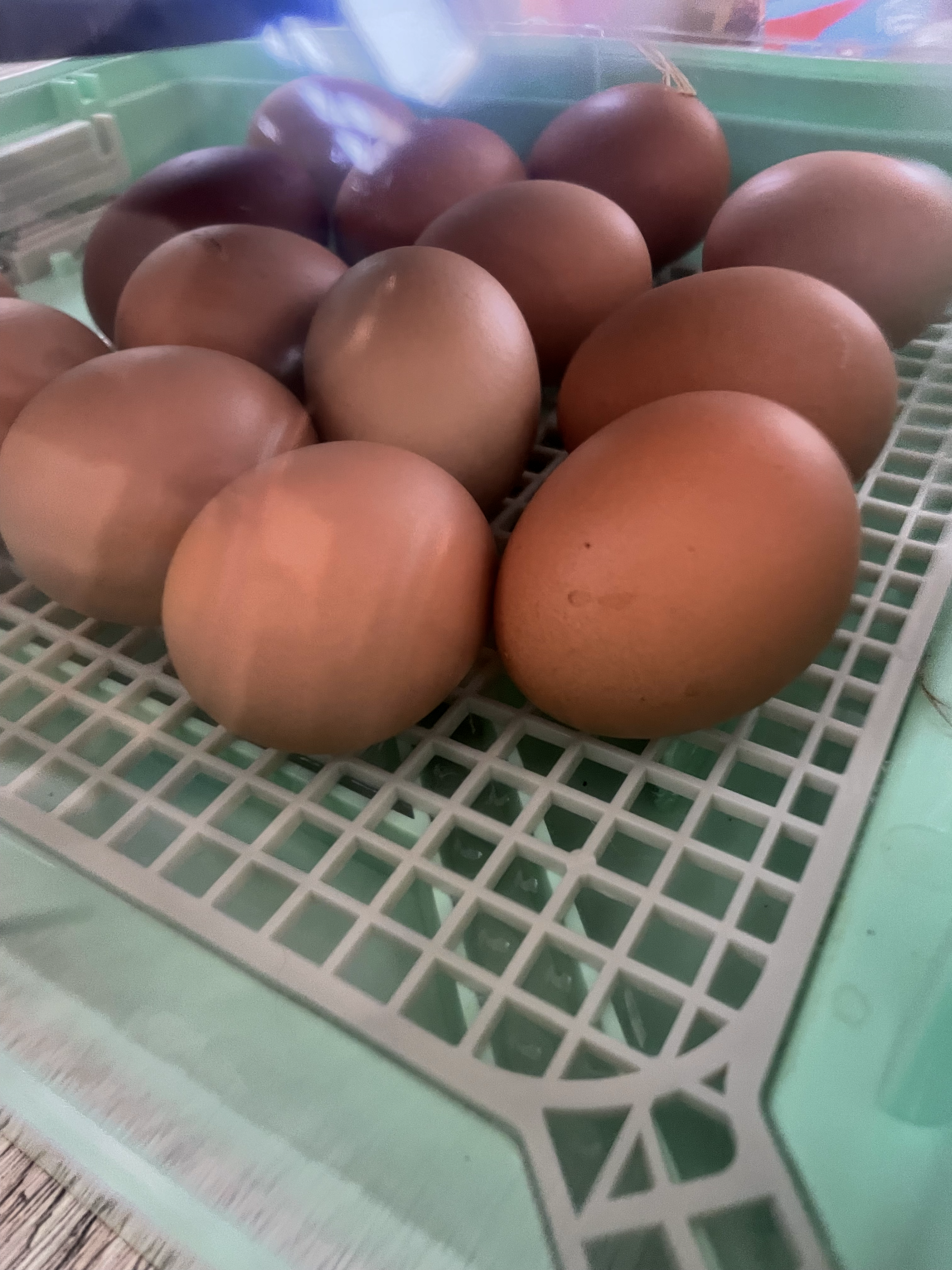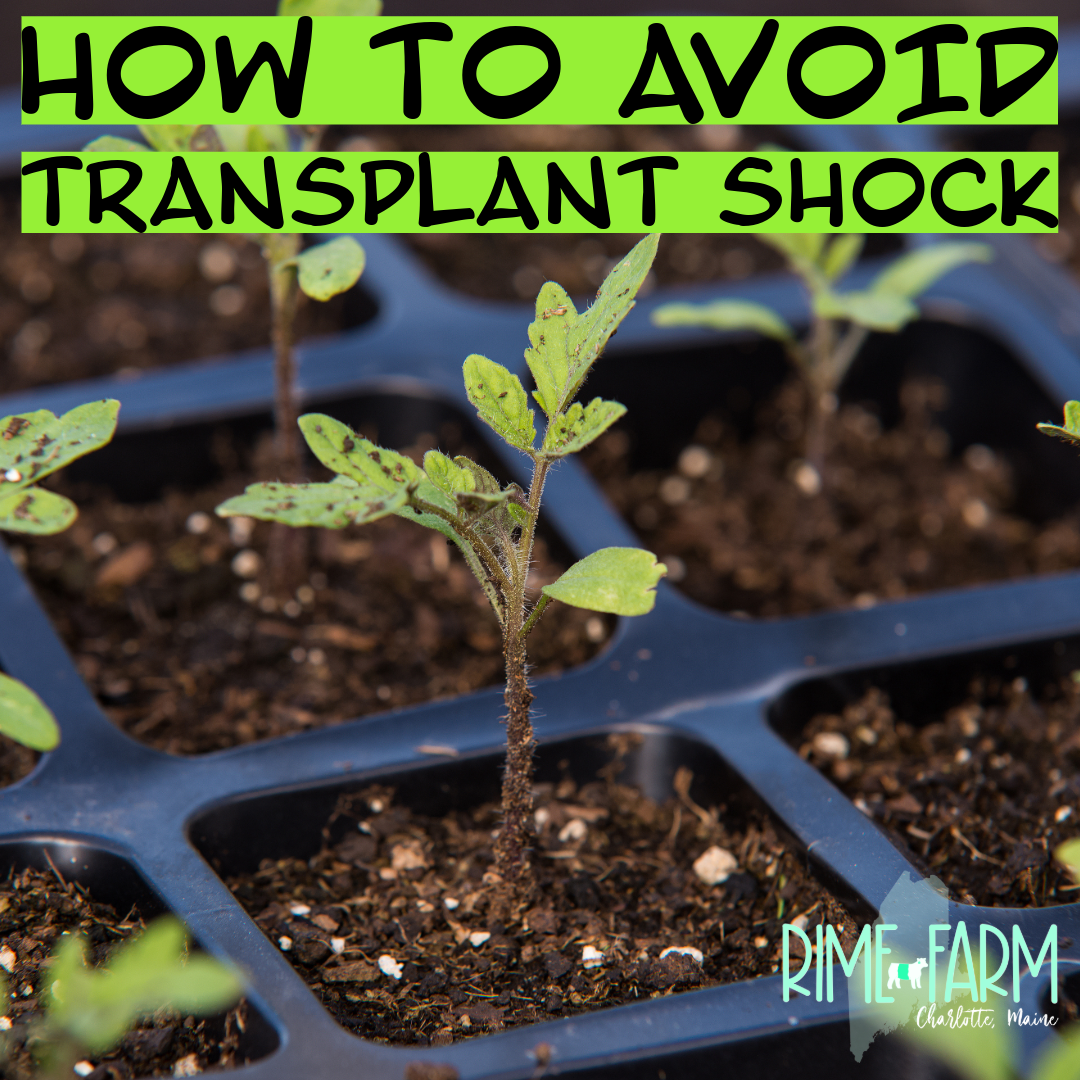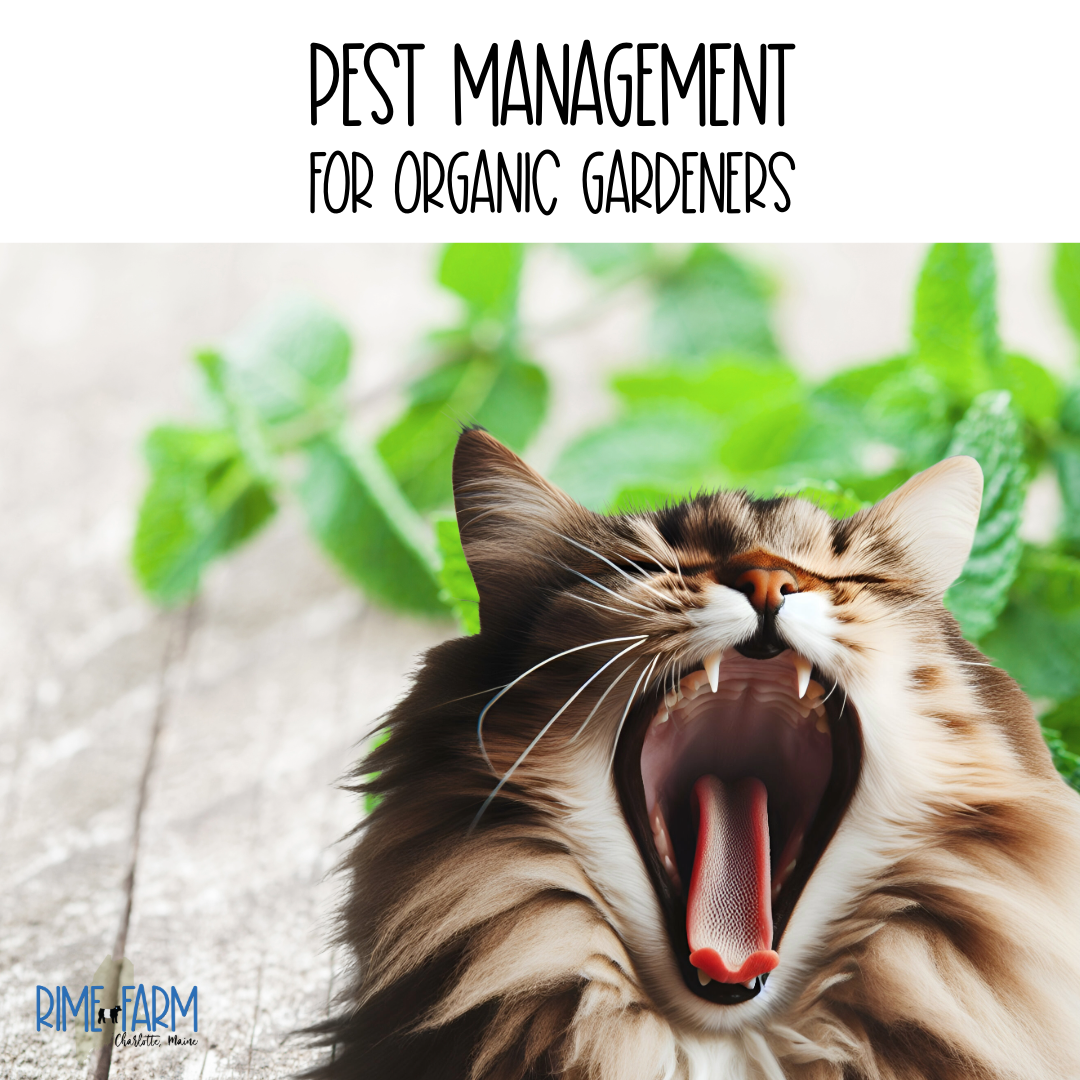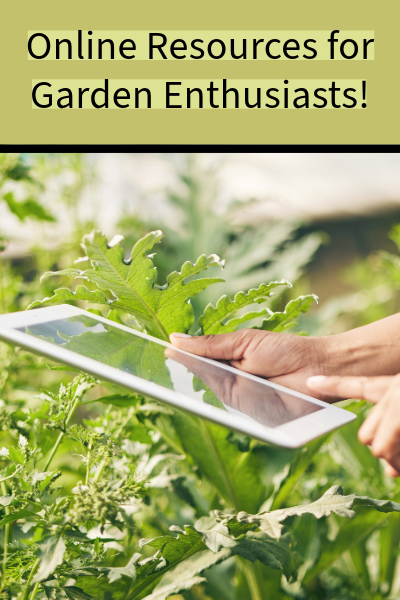Creating a garden that buzzes with life is a delightful sight and a critical contribution to local ecosystems, especially for pollinators like bees. In Zone 5B, gardeners can choose plants that thrive in the region’s climate while serving the needs of these essential creatures. Here are the top five pollinator plants that are beautiful and beneficial for bees in Zone 5B.
1. Lavender (Lavandula)
Lavender is a bee magnet, beloved for its soothing fragrance and purple blooms. This hardy perennial also excels in drought-prone conditions typical of Zone 5B summers. Lavender flowers throughout the summer, providing bees with a consistent source of nectar. For best growth, plant lavender in well-drained soil and full sun.
2. Bee Balm (Monarda)
Bee balm produces vibrant flowers in red, pink, and purple, adding a splash of color to your garden while attracting pollinators. It thrives in full sun to partial shade and prefers moist, well-drained soil.
3. Coneflowers (Echinacea)
A staple in many pollinator gardens, coneflowers are hardy and require minimal care. These native perennials bloom from early summer to fall, offering a long-lasting feeding station for bees. Their large, prominent centers are perfect for bees to land on and feed from. Once established, coneflowers are drought-tolerant, making them ideal for Zone 5B gardens.
4. Sunflowers (Helianthus annuus)
Sunflowers, with their bright, nectar-rich flowers, are essential for any pollinator garden. They attract bees and later provide seeds that feed birds. Sunflowers thrive in direct sunlight and can grow in a variety of soil types, though they prefer slightly acidic to neutral soil.
5. Sedum (Sedum spp.)
Sedum, or stonecrop, is a succulent that excels in dry, poor soil conditions, perfect for Zone 5B’s challenging climates. It blooms in late summer to fall, providing an essential source of nectar when many other plants are declining.
Now’s a Great Time To Plant Pollinators!
By integrating these plants into your Zone 5B garden, you create a haven for bees and ensure that your garden is a vibrant, thriving ecosystem. Planting a variety of species supports a range of wildlife and contributes to the health and beauty of your garden. Happy gardening, and here’s to the bees that make it all possible!











Leave a Reply